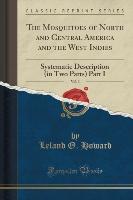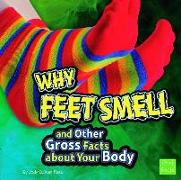- Start
- The Mosquitoes of North and Central America and the West Indies, Vol. 3
The Mosquitoes of North and Central America and the West Indies, Vol. 3
Angebote / Angebote:
Excerpt from The Mosquitoes of North and Central America and the West Indies, Vol. 3: Systematic Description (in Two Parts) Part I
Fortunately, an unusually large proportion of the material before us consists of bred specimens with larvae associated, so that we have been able to base our conclusions upon comprehensive studies of the larvae as well as upon the adults. The two of the present authors, Messrs. Dyar and Knab, who have made the detailed studies for the taxonomic part of the present work, in fact began their studies with the larvae alone, thus arriving at an independent view. Further research has abundantly justified these conclusions, although a more extensive study has naturally led to some modifications in details.
We have had prepared mounts of the male genitalia of a large majority of the species and present herewith figures of them, they enable us to draw gen eral conclusions from much more abundant material than has been before gotten together. We find the characters of the male genitalia of the greatest value and supporting the conclusions obtained with the larvae.
Some confusion in systematic work has been brought about by the employ ment of certain terms and the worker must be cautioned against them as a source of error in using the original descriptions. It has been repeatedly pointed out by eminent dipterists that the structure commonly called metano tum belongs to the mesothorax, yet the error is being constantly perpetuated. In our descriptions we call the part postnotum. The use of the term meta tarsus for the first tarsal joint is not only incorrect but has led to considerable confusion. In such descriptions the second tarsal joint is called the first and so on. In descriptions where neither a metatarsus nor a fifth joint is men tioned it is impossible to decide which joints are indicated.
About the Publisher
Forgotten Books publishes hundreds of thousands of rare and classic books. Find more at www.forgottenbooks.com
This book is a reproduction of an important historical work. Forgotten Books uses state-of-the-art technology to digitally reconstruct the work, preserving the original format whilst repairing imperfections present in the aged copy. In rare cases, an imperfection in the original, such as a blemish or missing page, may be replicated in our edition. We do, however, repair the vast majority of imperfections successfully, any imperfections that remain are intentionally left to preserve the state of such historical works.
Folgt in ca. 5 Arbeitstagen


